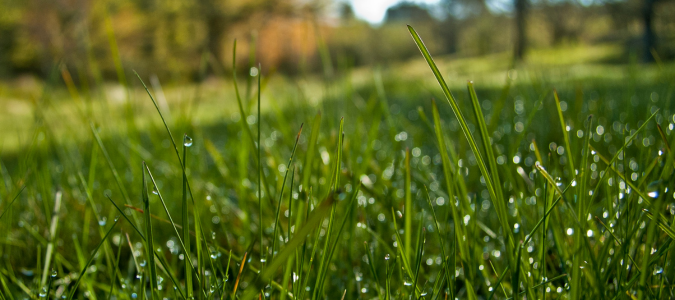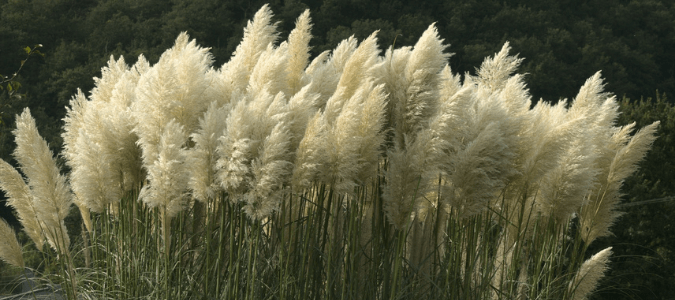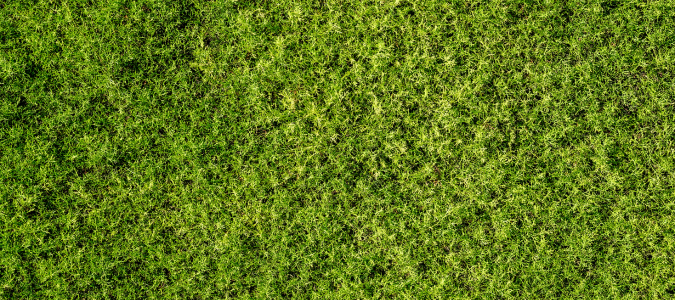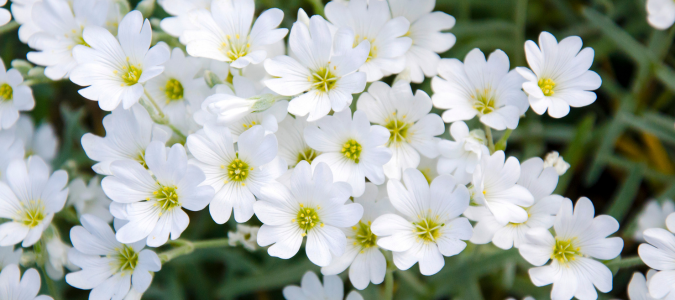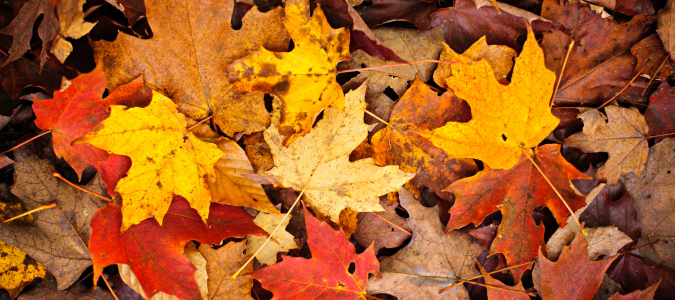For many homeowners, their lawn is their pride and joy. It adds to the beauty and functionality of their homes. They’re happy to spend their free time keeping their slice of greenery pristine. But there’s one thing that confuses many homeowners about lawn care.
Can You Mow Grass Wet?
This question has been bothering homeowners for years. Should you wait until the grass is dry before cutting it? Ideally, yes. There are many benefits to doing so. But if you don’t have time to spare, turn to the pros for help. A lawn care specialist can mow your lawn at the right time and keep it healthy all year round.
Can You Mow Grass Wet? Here Are Reasons Not To
If it’s been particularly rainy, you might not have a choice but to mow your grass wet. But when the weather permits, wait until the grass dries before cranking up the lawnmower. Your lawn will thank you for it. Here are the reasons it’s a bad idea to cut wet grass.
You Can Get Injured
A slick lawn is a recipe for disaster. You can slip and hurt yourself. Heavy rain also impairs vision. It’s harder to see where you’re going, increasing the chances of accidents.
It Can Damage the Lawn Mower
Lawnmowers aren’t cheap. When you use it while it’s raining, you risk damaging it and wasting your money. Lawnmowers may look sturdy, but they have many delicate moving parts.
When you cut moist grass, pieces stick to the underside of the mower. This can hamper the movement of the blades and block the vacuum, straining the mower and causing the engine to suffer.
You also have to worry about rust. Gas-powered lawnmowers are especially susceptible to this. The gas will absorb the moisture from the air and lead it to the carburetor and combustion chamber. These parts might rust and deteriorate over time, shortening the mower’s lifespan.
Electric mowers don’t do well in wet conditions, either. When you expose the wiring to moisture, the motor might overheat, short circuit or burn out.
It Can Spread Fungal Diseases and Mold
Fungi love moisture and thrive most during the rainy season. Fungal lawn diseases can manifest as brown patches, powdery mildew and red strands on the tips of grass blades. Mowing your lawn while wet will only encourage fungi to spread.
When you leave clumps of cut grass on a wet lawn with limited air circulation, you create the perfect environment for fungi to flourish. Also, the wet clippings stuck to the bottom of the mower can grow mildew. It will spread to the rest of your lawn the next time you mow.
It Can Damage Your Lawn
The whole point of mowing your lawn is to make it more attractive. But cutting the grass while it’s wet can lead to a choppy, uneven look. Wet grass becomes too slick to slice. The blades also tend to clump together. That makes it impossible to get a clean cut, leaving you with a messy lawn.
But aside from affecting aesthetics, mowing wet grass also damages your lawn. The jagged cuts make it harder for the grass to heal. They also become more susceptible to diseases. In addition, the mower wheels will sink into the damp soil, leaving marks that disturb and uproot the grass.
Also, the wet leftover clumps of grass on your lawn will block out air and nutrients, suffocating the healthy grass underneath.
It Requires More Cleanup
Mowing the lawn isn’t a walk in the park. But there’ll be even more work if you cut the grass while it’s wet. You must remove all the stuck bits from the mower’s underside to keep the blades from getting jammed.
Also, wet grass clippings go on everything and leave chlorophyll stains. You’ll have to clean your clothes, fences and walls before the marks become permanent. The work doesn’t end there! You also have to pick up the clumps of wet grass so they don’t suffocate your lawn.
While it can be tempting to mow your lawn the minute the rain stops, it’s not the wisest decision. It can damage your lawn and cause unnecessary strain on your lawnmower.
If you’re having trouble maintaining your lawn, let a lawn care specialist take over. They’ll use the correct tools to beautify your property. They can also let you know whether you should mow and fertilize on the same day.
Tired of Maintaining Your Lawn? Try These No-Mow Lawn Alternatives
Grass may be the classic lawn option, but times are changing. People have busier lives and less time to maintain grass.
For these reasons, homeowners are considering no-mow lawn alternatives. They’re low-maintenance, require less water and cover the ground beautifully. If you’re planning a lawn overhaul, here are some possible replacements for your grass.
Pampas Grass
Known for being nearly impossible to kill, pampas grass, pictured above, grows quickly and thrives in hot, sunny conditions. It’s more popular in areas with a warmer climate. It can even grow to be up to eight feet tall and has varieties with several different colored flowers.
Moss
You can swap your grass for moss if you live in a shaded property. It offers a soft and dense covering that can lend a lush and whimsical look to your lawn. It’s not picky about the kind of soil you use and will thrive with minimal watering, fertilizer and weeding.
You can mix different kinds of moss to achieve a collage of colors. The best part is that moss stabilizes the soil and improves water retention, helping other plants thrive.
Clover
Clover lawns are popular these days, and for good reason. They’re easy to maintain and environmentally considerate.
Also, clover roots dig deep into the soil to aerate it, and its flowers serve as delicious snacks for pollinators. However, patience is needed to see the blooms, as most clover varieties will only flower a year after planting.
Snow-in-Summer
As the name suggests, snow-in-summer will make your lawn look like a winter wonderland during the hottest season. It’s a groundcover perennial with white blooms and silvery foliage that thrives almost anywhere.
You don’t need to do much for your snow-in-summer lawn. It’s drought-resistant and can grow in almost any kind of soil. It thrives in the sun but won’t complain if you plant it in a shadier area.
If you can’t settle on a grass alternative for your lawn, let lawn care professionals help. They can recommend the best replacement based on your area’s conditions. They can also help you keep your lawn healthy and beautiful through the different seasons.
Can You Mow Over Leaves?
If you hate raking leaves, we have good news for you. You can mow over them instead. Not only is it a time-saver, but it’s also beneficial to your lawn. Set your lawnmower to the highest setting, and with just a few passes, the leaves will turn into mulch. The goal is to cut the leaves into dime-size pieces.
Mulch has various uses in your lawn. It can help retain soil moisture and reduce watering frequency. It also provides nutrients and keeps pesky weeds at bay. You’ll have a greener and healthier lawn by letting mulch rest on it.
Let the Pros Help With Your Lawn Problems
Lawn maintenance requires time and effort, but not all homeowners can provide the necessary care. If you’re struggling to maintain yours, let lawn care professionals help. They have the knowledge, tools and experience to keep your lawn looking its best all year round.
ABC Can Take Care of Your Lawn Needs
Figuring out the best lawn care schedule can be tricky. Instead of trying to do it yourself, contact ABC Home & Commercial Services. Our lawn service professionals can handle all the work, so all you have to do is enjoy your time outside.
